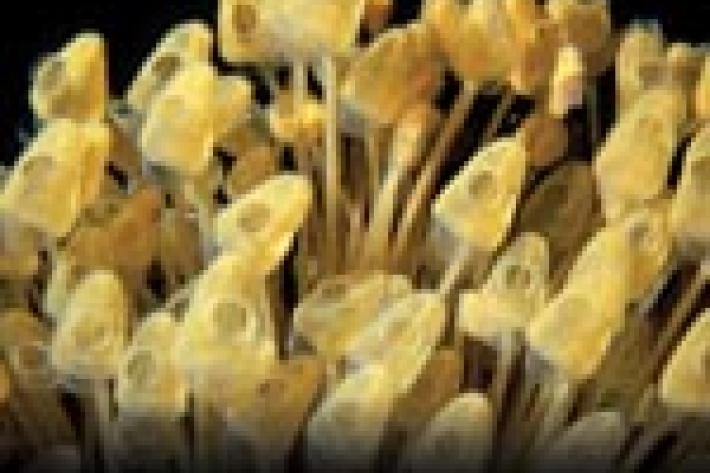Trees are grown and converted into a range of useful timber and paper products.
Radiata pine is the dominant timber tree in New Zealand. Wood products include sawn timber, wood chips, panel products, and logs. High grade timber is prepared for the manufacturing of furniture, joinery, fixtures or fittings, and the building and landscaping market. Industrial grade timber is supplied for the manufacturing of pallets, boxes, and bins which are destined for an end use such as storage of kiwifruit, apples, paper, general food, car parts, computer parts, and glass. Wood chips and other plant material are used for the production of paper and related products.
Forest processing activities that significantly impact the environment require a Resource Consent. For example, a water permit for taking or diverting water and a discharge permit for discharging into water, the air, or on to land are usually needed. The use of strong chemicals in the wood processing industry are a significant environmental concern.
Kaitiaki Tools will help you identify activities and environmental impacts specifically related to forest processing activities.
-

Pulp and paper
Wood chips and plant material make pulp that is used to produce paper products. -

Impacts of wood processing
Impacts of timber processing activities on water quality and mahinga kai.
